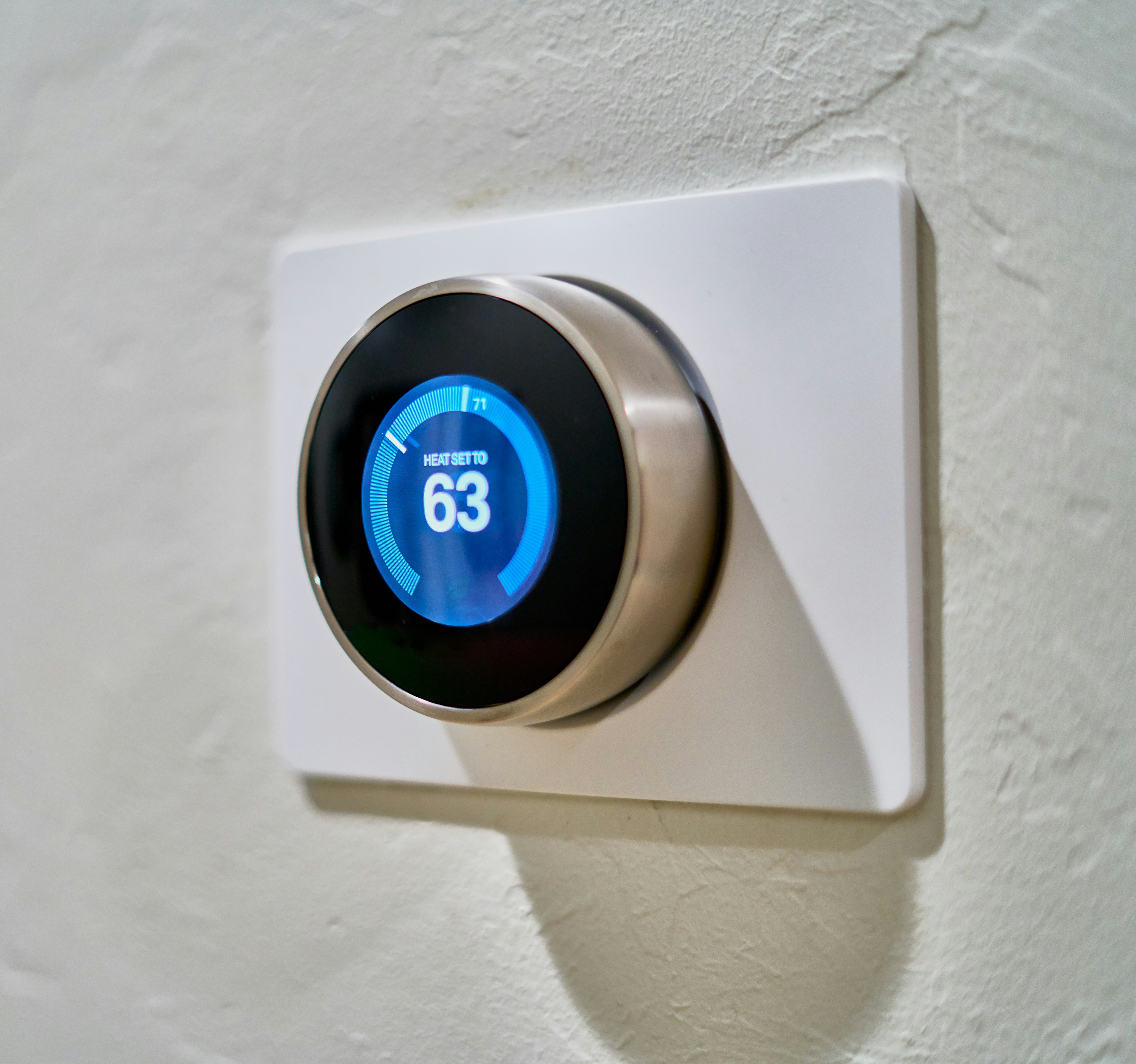👋 Hey, it’s Mark!
Owning a through-the-wall air conditioner is awesome, but like your car or that fancy espresso machine, it needs regular TLC to keep working smoothly.
Neglect it and you’ll pay in higher energy bills, noisy operation, and worst of all, sweltering heat waves without relief.
Lucky for you, I’m here to share the simple, practical steps for maintaining and troubleshooting your wall AC — no PhD required.
🔍 Why Maintenance Matters More Than You Think
Air conditioners work hard. Filters get clogged, coils collect dirt, and mechanical parts wear out. Regular maintenance isn’t just about avoiding breakdowns — it also improves your unit’s efficiency, helping you save money on electricity.
According to the U.S. Department of Energy, maintaining your AC system can reduce energy consumption by 5% to 15% annually. That’s real savings over the summer months. Source: Energy.gov’s AC maintenance tips
🧼 Step 1: Clean or Replace Your Filters Monthly
Dirty filters restrict airflow and reduce cooling power — your AC has to work overtime, wasting energy and risking damage.
What to do:
-
Remove the filter, usually located behind the front grille.
-
Vacuum or wash it with warm, soapy water. Let it dry completely before reinstalling.
-
Replace disposable filters if your unit uses them.
Pro tip: Set a monthly reminder during heavy use seasons. Dirty filters can also affect indoor air quality — EPA recommends regular filter changes.
🧊 Step 2: Keep Your Coils Clean
Your evaporator (inside) and condenser (outside) coils absorb and release heat. Dirt buildup impairs this function, leading to poor cooling and higher energy bills.
-
Use a soft brush or vacuum to gently clean coils.
-
For stubborn grime, use a coil cleaner spray (available at hardware stores).
-
Be careful not to bend the coil fins — that reduces airflow.
🛠️ Step 3: Inspect and Clear Drainage
Through-the-wall AC units produce condensation, which drains outside via a drip pan and drain line. If clogged, water can back up and cause damage or mold growth.
-
Locate the drain pan and check for standing water.
-
Use a wet/dry vacuum or pipe cleaner to clear any blockage in the drain tube.
-
Regularly inspect for leaks or corrosion.
Mold or water damage inside walls is a nasty problem — avoid it with routine checks. For more on managing AC moisture issues, check out This detailed guide from the EPA.
⚙️ Step 4: Check the Thermostat and Controls
Your AC’s thermostat controls the temperature. A faulty thermostat means poor temperature regulation or your unit running nonstop.
-
Test your thermostat settings by increasing or lowering temps and seeing if the AC responds appropriately.
-
Replace batteries or upgrade to a digital or smart thermostat for better control.
-
If your unit is remote-controlled, test the remote batteries and sensors.
🕵️ Step 5: Troubleshooting Common Issues
Here are some typical issues and how to tackle them:
1. AC won’t turn on
-
Check the power outlet or circuit breaker.
-
Inspect the power cord for damage.
-
Reset the unit (unplug, wait 5 minutes, plug back in).
2. Poor Cooling
-
Dirty filters or coils? Clean them first.
-
Check if the airflow is blocked by furniture or curtains.
-
Make sure the thermostat setting is correct.
3. Water leaks inside the room
-
Drain line clogged? Clear it.
-
Check the tilt angle of the unit; it should slope slightly outward.
4. Unit making loud noises
-
Loose parts? Tighten screws and brackets.
-
Fan blades hitting debris? Clean or straighten them.
-
Compressor issues? Time to call a technician.
🧰 Tools and Supplies You’ll Need
-
Vacuum with brush attachment
-
Soft coil cleaning brush
-
Coil cleaner spray
-
Screwdriver set
-
Wet/dry vacuum for drain cleaning
-
Silicone sealant or weatherproof caulk
-
Replacement filters (if disposable)
Having these tools handy will make maintenance easier and keep you ready for quick fixes.
🕰️ When to Call a Pro
DIY maintenance covers basics. But certain repairs require professional skills, including:
-
Refrigerant recharge or leak repair (only certified HVAC techs should handle refrigerants)
-
Compressor or motor replacement
-
Electrical wiring or control board issues
-
Complex drainage or insulation repairs
Scheduling an annual professional inspection helps catch issues early and keep your warranty valid. The Air Conditioning Contractors of America (ACCA) offers a locator for qualified techs near you: Find a pro here.
💡 Energy Saving Tips to Complement Maintenance
-
Use ceiling fans or portable fans alongside your AC to improve comfort and reduce cooling load.
-
Close blinds and curtains during peak sun hours to reduce heat gain.
-
Seal gaps around the AC sleeve and windows to prevent air leaks.
🎯 Final Thoughts from Mark
Taking care of your through-the-wall AC isn’t rocket science — but it does take commitment. A little regular maintenance pays off in years of reliable, efficient cooling and lower energy bills.
Keep your filters clean, your coils dirt-free, and your drainage clear, and you’ll avoid the common headaches that plague many AC owners.
Remember, safety first: when in doubt, call a licensed HVAC pro.
And if you’re shopping for a new unit or replacement parts, you know where to find me — The Furnace Outlet’s Through-the-Wall AC collection has top brands and detailed specs to help you pick the perfect fit.
⚙️Stay sharp. Stay efficient. Stay ahead. - Mark⚙️







